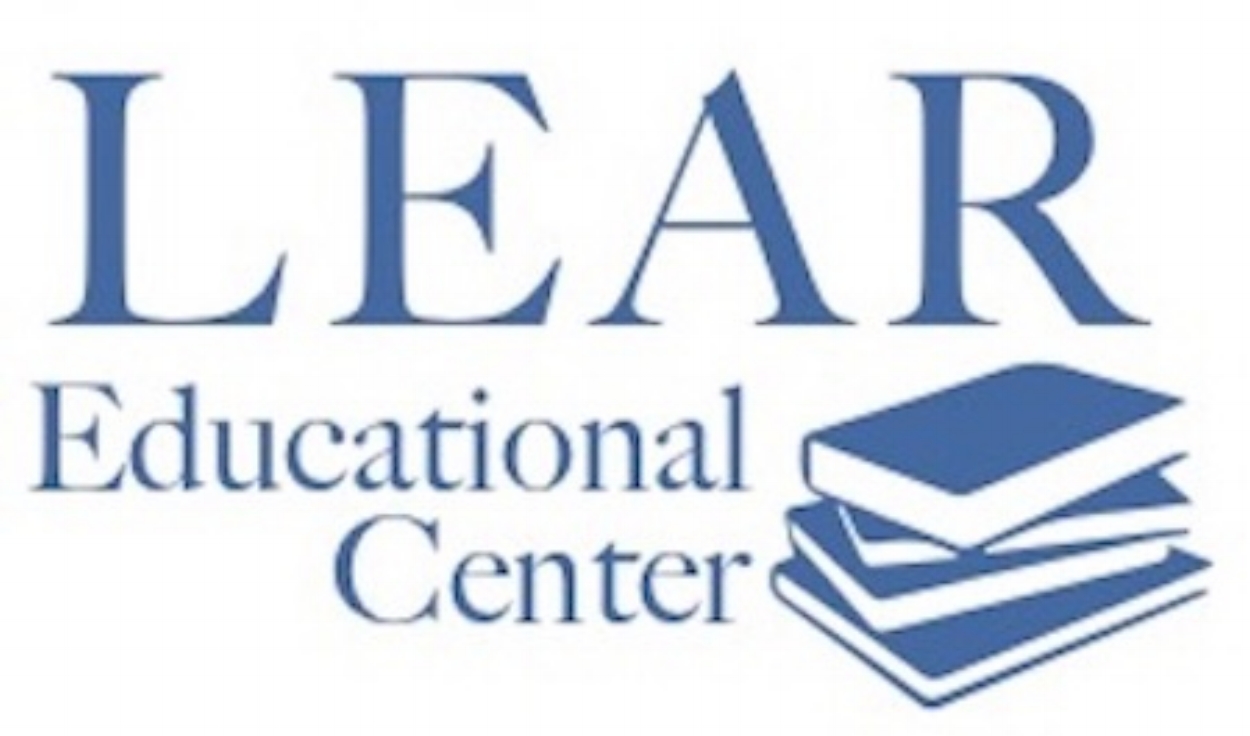Dysgraphia – When the Student Struggles with Writing
/Students diagnosed with dysgraphia have difficulty with the fine motor skill of handwriting. Forming letters can be so slow and difficult that students often forget what they intended to write before the word or the sentence is finished. Such things as spelling and note taking in class are affected and handwriting is often difficult to read. Even though they may know the answers to homework or test questions, students with dysgraphia may not be able to write the answers legibly or quickly enough to complete a test. Not only may they have difficulty forming letters, they also may have difficulty making those letters the correct size, spacing them, writing in a straight line and even using a pencil.
They may be highly motivated and be doing their very best to produce neat papers, yet they are unable to do it. A problem with the brain’s sequencing processing system hinders their ability to perform fine motor movements such as those needed for writing. These movements need to become automatic so that awareness and learning can take place, not just the writing of a word.
The brain’s sequencing processing system is also needed for spelling. Students with dysgraphia are often also dyslexic, a sequential processing difference which hinders the ability to read and write.
For students with dysgraphia, the typical teaching technique of having students write to reinforce their learning becomes a stumbling block. Struggling to write is so time and effort consuming that they forget what they are writing about and don’t process the learning. In addition, they are often distracted by hand and finger discomfort because of the extended work of writing. Allowing the student extra time to complete written work in class so that a few writing breaks of perhaps thirty seconds to a minute can be included and would be helpful.
The altering of assignments with less writing required and with modifications that better accommodate the student’s dysgraphia may help the student to learn the material effectively.
Yet the student still must learn to write as it is an important life skill. Remediation and practice in forming letters is necessary. Multisensory techniques are beneficial for this. These include such activities as the spoken review of how the letters are formed while forming them, and the use of large motor movements such as air writing with arms as well as with fingers to rehearse, to reinforce the memory of each letter’s formation. Writing should become automatic so that the student can effectively communicate using writing without losing his train of thought.
At Lear Educational Center, we use the Wilson Reading System which accommodates students with learning differences, including dysgraphia and dyslexia. The Wilson Reading System, multisensory in its approach to teaching reading, writing, comprehension and spelling, is widely acclaimed for its success. Call us today.
For more information on dysgraphia click here



































